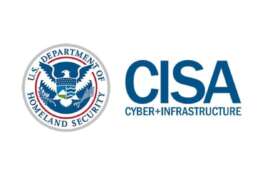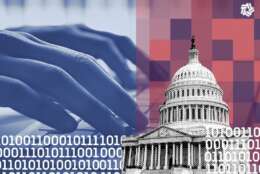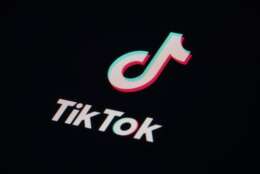Cybersecurity
-
As technology evolves and becomes more complex, so do the techniques of malicious actors looking to compromise systems and steal sensitive data.
July 13, 2023 -
U.S. officials say state-backed Chinese hackers foiled Microsoft’s cloud-based security and hacked the email of officials at multiple U.S. agencies that deal with China ahead of Secretary of State Antony Blinken’s trip to Beijing last month. The surgical, targeted espionage accessed the mailboxes of a small number of individuals at an unspecified number of U.S. agencies and was discovered by the State Department. Officials said none of the breached systems were classified. The hack was disclosed late Tuesday by Microsoft, which said email accounts were haced at about 25 organizations globally beginning in mid-May. A U.S. official said the number of U.S. organizations impacted was in the single digits.
July 12, 2023 -
CISA says a federal agency was only able to detect the infiltration of its email accounts because it had access to Microsoft's "enhanced" logging capabilities.
July 12, 2023 -
SecOps teams must be able to determine what is blatantly spyware. The software is probably sending out specific information and capturing data. All this type of data — application, network and device information — must be correlated and analyzed for a better understanding of what’s going on within the entire IT infrastructure.
July 12, 2023 -
Agency spending on blockchain is a tiny fraction of total technology spending. But it's important and growing, according to analysis by Deltek, a company focused on delivering software and information solutions.
July 11, 2023 -
Contractors will, somehow, be living under it, and there's still time to comment on it: The revision to NIST special publication 800-171 on protection of controlled, unclassified information. That's not the only cyber policy affecting contractors.
July 11, 2023 -
As a response to the spate of high-profile software supply chain attacks, including SolarWinds and Log4J, President Biden’s cybersecurity Executive Order 14028, released in 2021, signaled the beginning of the administration’s focus on software supply chain security. The executive order demonstrated the administration’s serious commitment to the issue and made clear to software companies that they had a vital role in maintaining security.
July 10, 2023 -
More than half of all federal agencies now automatically report into the CDM dashboard.
July 07, 2023 -
The White House’s National Cybersecurity Strategy is primarily written for and designed to guide federal government officials. Yet the latest release of the strategy is remarkable for the commitments it makes to the private sector on a range of cybersecurity issues.
July 06, 2023 -
House lawmakers showed little support to provide more funding for the Technology Modernization Fund in fiscal 2024, but the board still has hundreds of millions of dollars to loan out.
July 06, 2023 -
In today's Federal Newscast: GSA is making it easier for agencies to find Native American companies to contract with, thanks to a new online tool. CISA adds new faces to its top leadership team's cybersecurity division. And a collaboration between U.S. Cyber Command and industry that helps defend against cyber attacks is expanding.
July 06, 2023 -
As cyberattacks continue to grow both in number and sophistication, government agencies are struggling to keep up with the ever-evolving threat landscape.
July 05, 2023 -
During this exclusive CISO Handbook webinar, moderator Justin Doubleday and guest Benjamin Koshy of the Indian Health Service will explore cybersecurity initiatives and modernization at IHS. In addition, Torsten George of Absolute Software will provide an industry perspective.
June 30, 2023 -
The Federal Acquisition Regulation Council earlier this month issued something the procurement community had been expecting. An interim rule that bans the TikTok app from certain contractor devices.
June 28, 2023 -
Ransomware attacks are now a topline concern for businesses everywhere.
June 28, 2023













